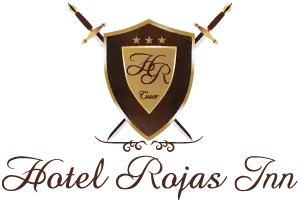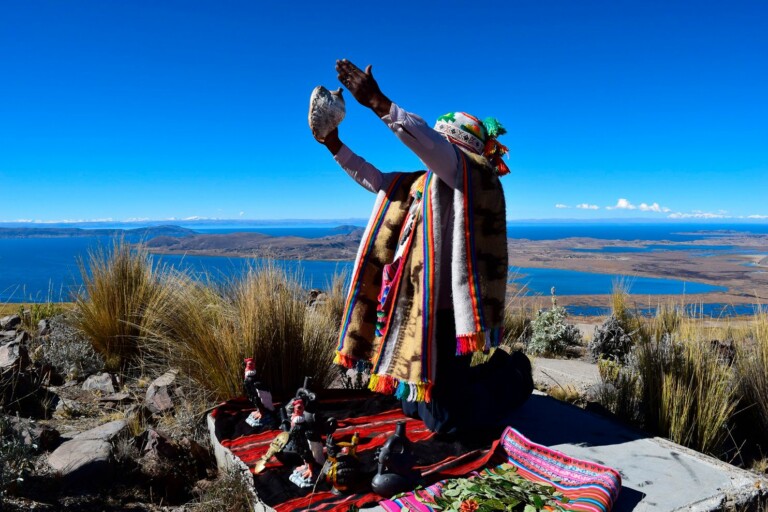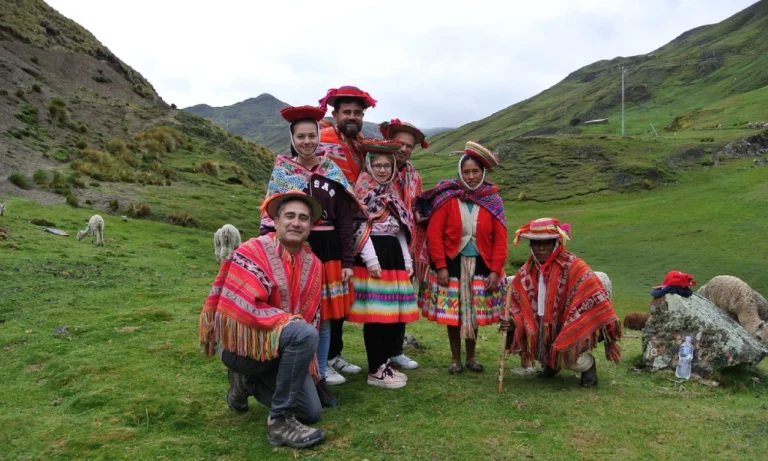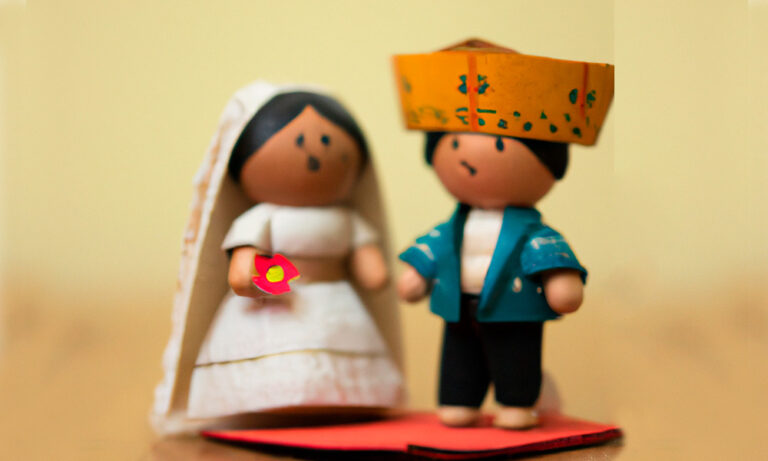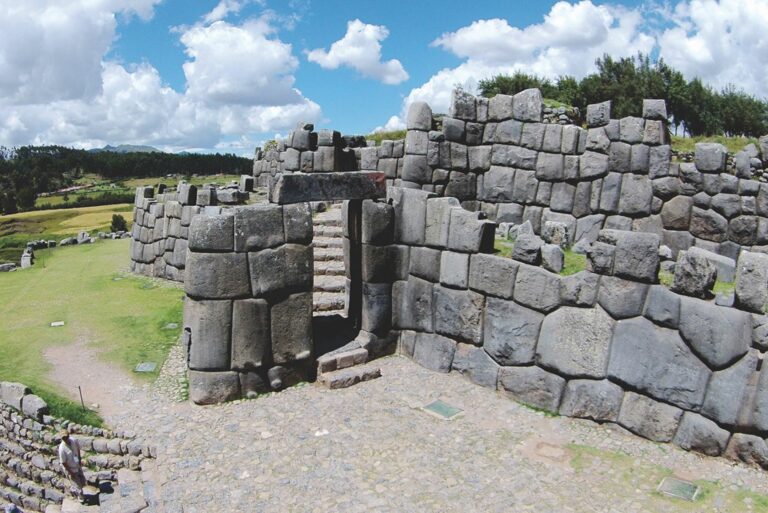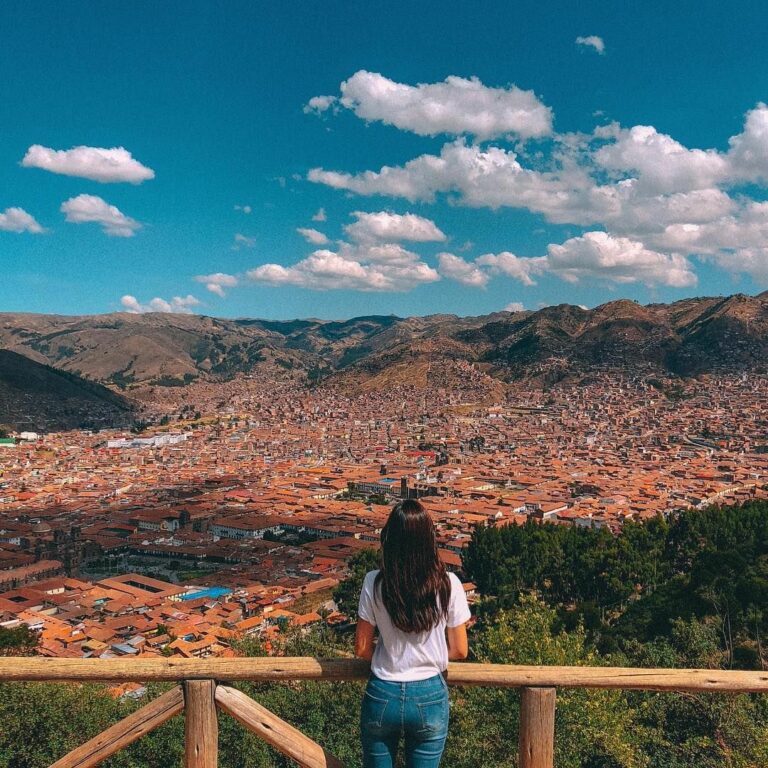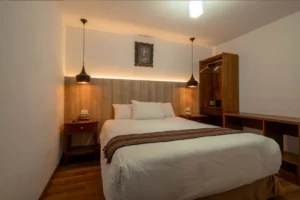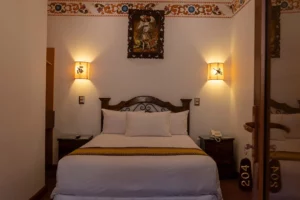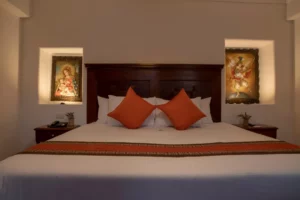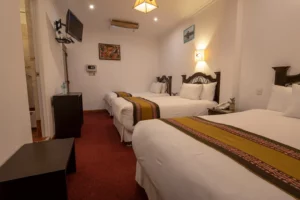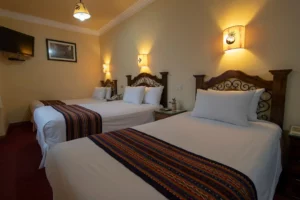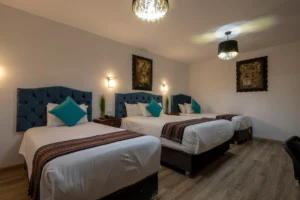Get to know the architecture of Cusco
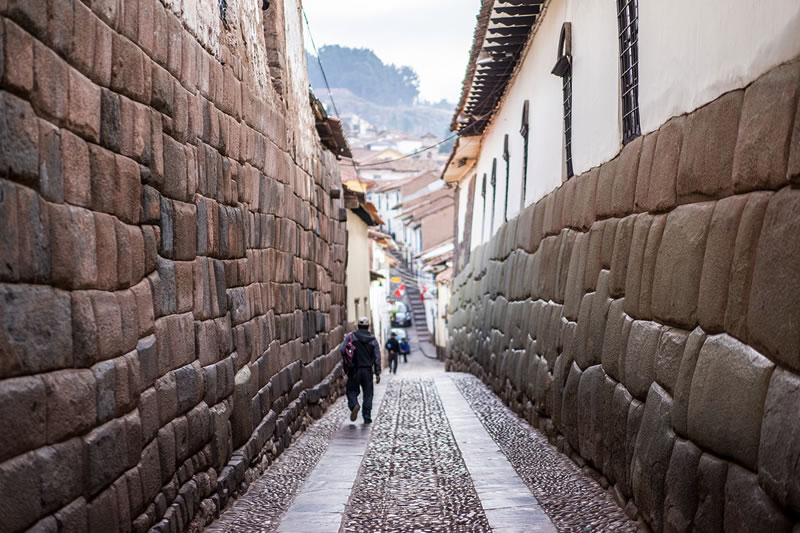
There are vestiges of settlements in the valley of the city of Cusco from the year 1000 BC. Cusco transformed into a city that became the capital of the Inca Empire, it is a sacred city with palaces and temples in the shape of a crouching puma. The body is a city between the Saphy and Tullumayu rivers, and the head is the fortress of Sacsayhuaman. The confluence of these two rivers is known as Pumaqchupan (Water Source in the Tail of the Puma), and it has an evocative origin. From now on we will call it Puma City.
The buildings of the city of Puma were of a single pavement, covered with gabled or circular hay roofs with a very accentuated casing to facilitate rain runoff. The hallmark of the Inca construction was the nature of the fine finish, polishing and union of the stones, the main material of the buildings. It was a culture that did not know iron, this was achieved thanks to an extraordinary level of knowledge of materials and the excellent use of simple tools, both harder stones, among others. Overall, it is thought that the construction of the most representative works of the Inca building must have required a large amount of labor, which was only feasible if they had a high degree of organization.
Visually, Cusco stood out for the construction of its walls and the resistance to earthquakes, frequent in the region. These walls usually do not have the same type of joint. We find the enormous quadriform in the Coricancha and the Acllahuasi (Loreto street), and the small rectangle, in the Cusicancha, in front of the Coricancha. The geometric irregular, in small change, is the one we appreciate in the Hatun Rumiyoc boulevard.
The most outstanding elements are in the Sacsayhuamán, the Coricancha and the Sunturhuasi, the imposing circular tower located in the main square, in the current main square of Cusco, Plaza Regocijo.
The construction pattern of the houses and, in general, the buildings was the kancha, a quadrangular space surrounded by stone walls, generally with a single access, symmetrically distributed, between 2 to 8 rectangular-shaped and unicellular constructions were raised. . The streets were narrow and together they traced an octagonal shape, built by a rectilinear system.
The neighborhoods of popular sectors were around the Inca city and according to historians there were 12. Starting with Tococachi (San Blas neighborhood), Munaysenca, Rimacpampa, Pumacchupan, Coripata, Cayaocachi, Chaquilchaca, Picchu, Carmenca, Huacapunco, Colcampata and Cantupata.
Shortly after the arrival of the Spaniards in Cusco, the construction of lots began in the city and in the cultivation areas.
With regard to architecture, the clash of two worlds translates into the birth of the construction of large houses that follow the patterns of peninsular architecture, including tile roofs, fused in many cases with the perimeter walls of the Inca courts. The same can be seen in the construction of Catholic churches, which are generally superimposed on ancient Inca temples or palaces, such as the Santo Domingo temple and convent, mounted on the Coricancha; the convent of Santa Catalina, which is on the Acllahuasi or House of the Virgins of the Sun, and the Archbishop’s Palace, likewise on the palace of Inca Roca.
This new city that was formed in the first decades of the Spanish occupation, is characterized by the fusion of Inca and Spanish architecture, which makes Cusco unique in America and the world.
If you are interested in traveling to Cusco, and getting to know these great buildings, you can stay at the Hotel Rojas Inn, with an excellent location in the heart of the Imperial city of Cusco and a few steps from the Plaza de Armas, your stay will be an unforgettable experience .
